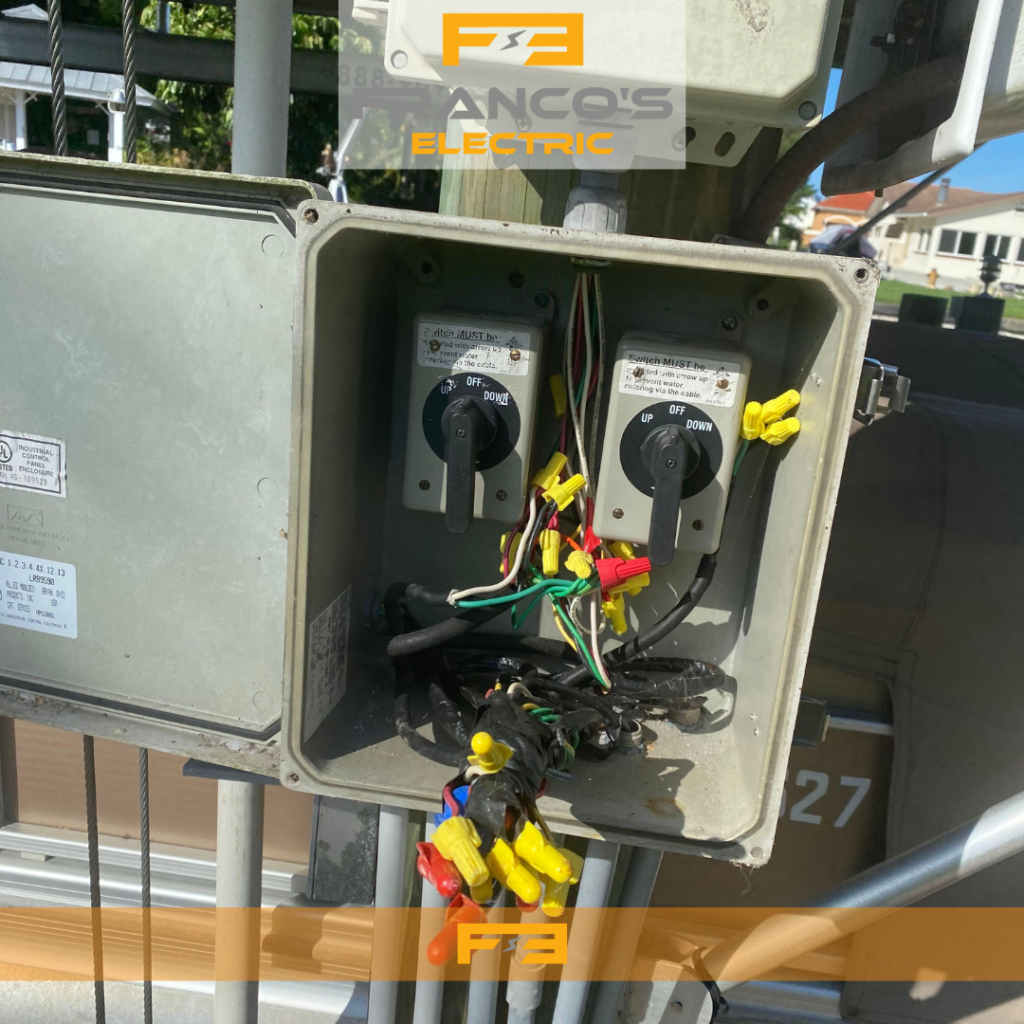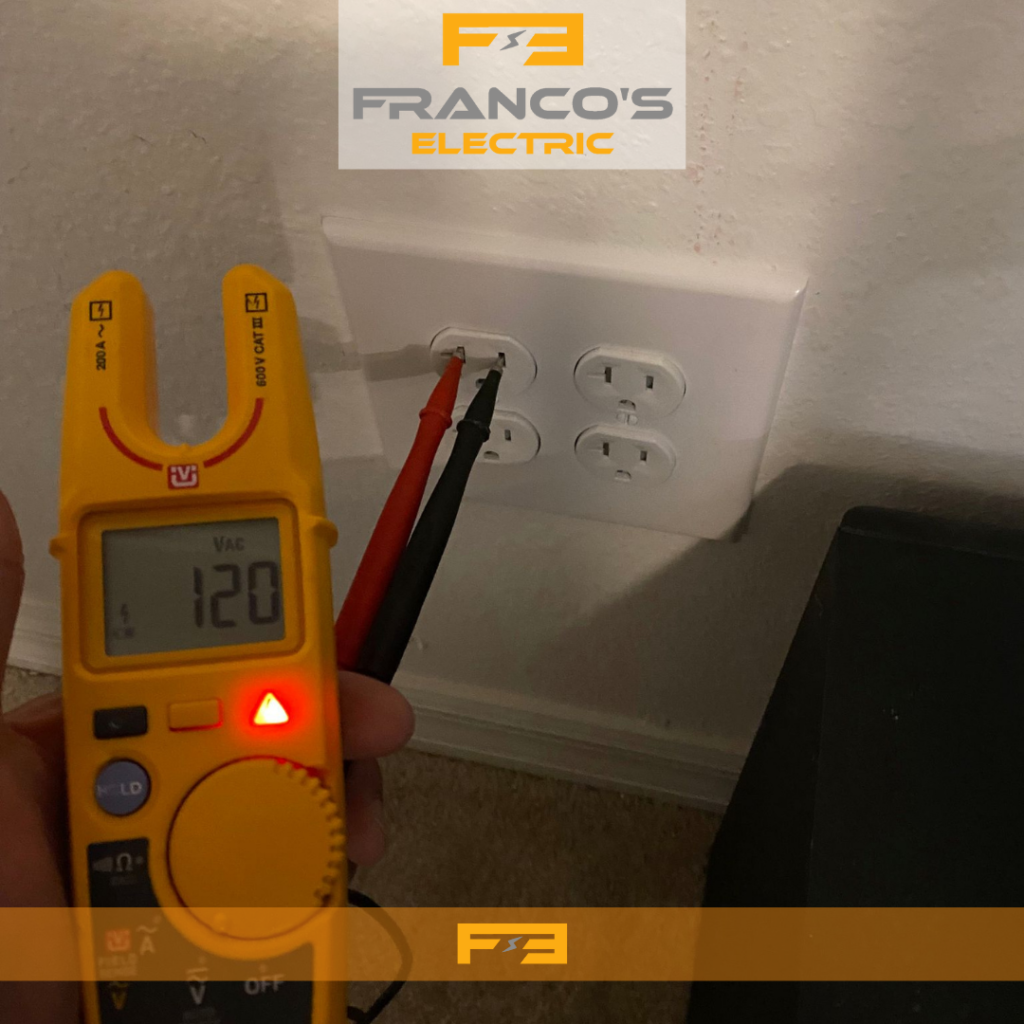Electrical troubleshooting must be done in a systematic manner to be effective. The idea is to take a practical, systematic approach. There are a variety of troubleshooting approaches, but all of them combine all or most of the following basic principles:
Complete understanding of the system and how the various components work.
Visual inspection and simple operational checks are performed without the use of any tools.
Comparing the operation of one system to that of another that is correctly running.
Schematics and test equipment are used to analyze circuits.
The halving principle entails locating a flaw among a few components through a series of eliminations.
Components that are easily changed are substituted.
Troubleshooting records (or logs) of previous challenges and how they were overcome are used.
Examine the system to see what it does and does not do. This will usually reveal which circuit is malfunctioning.
Always have the most recent set of schematic diagrams on hand. Before leaping to conclusions, familiarize yourself with the schematics and learn how the circuit works.
To detect and rectify typical problems related to the machinery offered, use the troubleshooting reference charts given in the OEM maintenance handbook.
Remember that the voltage on both sides of the closed contact should be the same when checking for circuit continuity. Both sides of open contact, on the other hand, maybe at the same voltage (if another contact bypasses it).
Faults are classified into one of two groups:
1. A function that isn’t performed because of a fault in the electrical system. The following are some possible causes:
improper contact due to a loose wire
blown fuse due to a faulty coil or coil lead
2. A function is carried out incorrectly. This is caused by incorrectly inserted components or connections, such as:
wires coming into contact
damaged insulation as a result of dirt or unwanted objects
The possibility of a frozen contact must also be considered, though it is very unlikely with modern relays. time delay setting is either too short or too long faulty field device providing incorrect information to the logic the possibility of a faulty field device supplying incorrect information to the logic
Although preventive maintenance lowers the likelihood of failures, it does not fully eliminate them. Other than equipment failure, shutdowns can occur for a variety of causes. Shutdowns will be triggered by traffic jams, emergency stops, and other similar events. When this happens, the system must be returned to normal operation with as little delay as possible.



